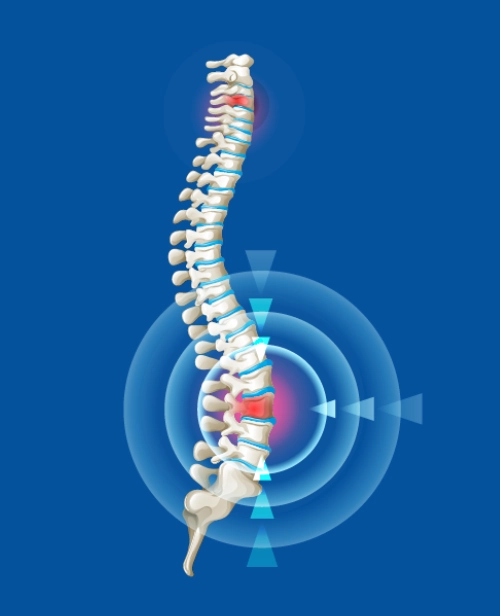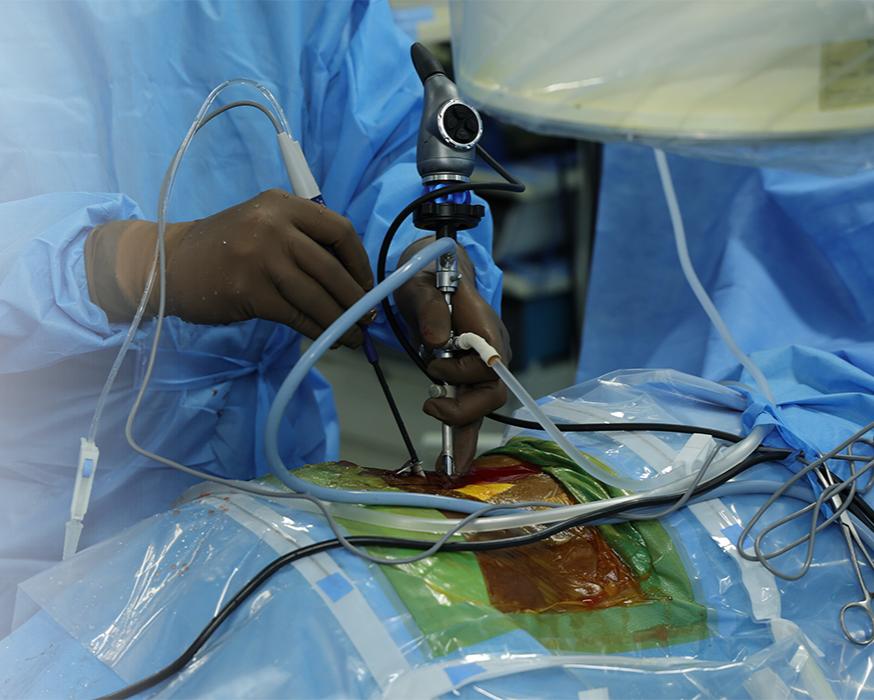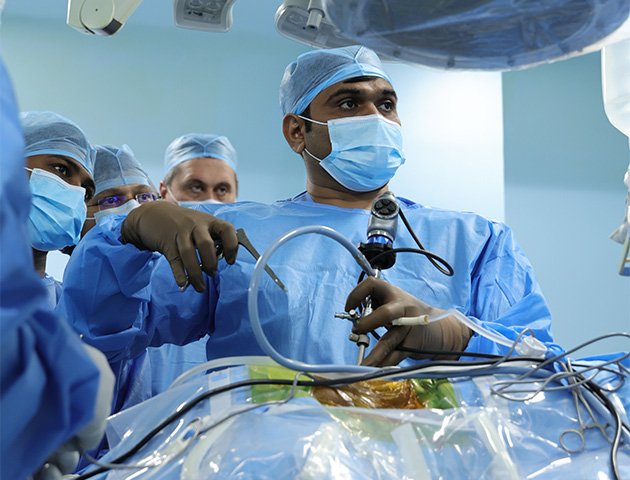
Endoscopic Spine Surgery
At Asian Superspeciality Hospitals, we are committed to delivering world-class care for spinal conditions through advanced techniques such as Endoscopic Spine Surgery. Led by Dr. Bhupesh Patel, one of the top specialists in endoscopic surgery in India, our team provides personalized and effective treatment. Located in Ahmedabad, Gujarat, we offer specialized care that attracts patients from across India and beyond.
How is Endoscopic Spine Surgery Different from Minimally invasive endoscopic spine surgery?
Minimally invasive endoscopic spine surgery (MIS) is a popular and standard approach in spine surgery that uses various techniques to treat spinal conditions with less damage to surrounding tissues. Among these techniques, Endoscopic Spine Surgery (ESS) stands out as the least invasive and highly effective option.
Here’s how Endoscopic Surgery differs from standard Minimally invasive endoscopic spine surgery(MIS):
- Less Trauma to Muscles and Soft Tissues: While both ESS and MIS aim to minimize tissue damage, ESS goes a step further by avoiding the major stabilizing muscles of the lower back. This means less trauma to muscles and soft tissues, resulting in a faster and more comfortable recovery for patients.
- Smaller Incisions: The incision for ESS is typically about ¼ inch, much smaller than the 1-inch or larger incisions often used in MIS. Smaller incisions mean less scarring, less pain, and a quicker recovery time.
- Faster Procedure with Better Access: Endoscopic Spine Surgery in India is sometimes called “ultra-minimally invasive” because it is quicker to perform and offers the surgeon better access to the spinal nerves and discs. The endoscopic camera provides a clear and magnified view, allowing for precise treatment.
- No Need for General Anesthesia: Unlike most MIS procedures that require general anesthesia, ESS can often be performed with just local anesthesia. This reduces the risks associated with anesthesia and allows patients to recover faster. Most patients are able to go home within 2-3 hours after surgery.
- Improved Patient Outcomes: With smaller incisions, less muscle disruption, and quicker recovery times, ESS offers improved outcomes for patients. It is just as effective as the standard MIS microdiscectomy in relieving painful spine conditions but with added benefits of a more minimally invasive approach.

Advantages of Endoscopic Spine Surgery
Endoscopic Spine Surgery offers numerous benefits that make it an increasingly popular choice for treating spinal conditions. Here are more advantages that set this procedure apart











